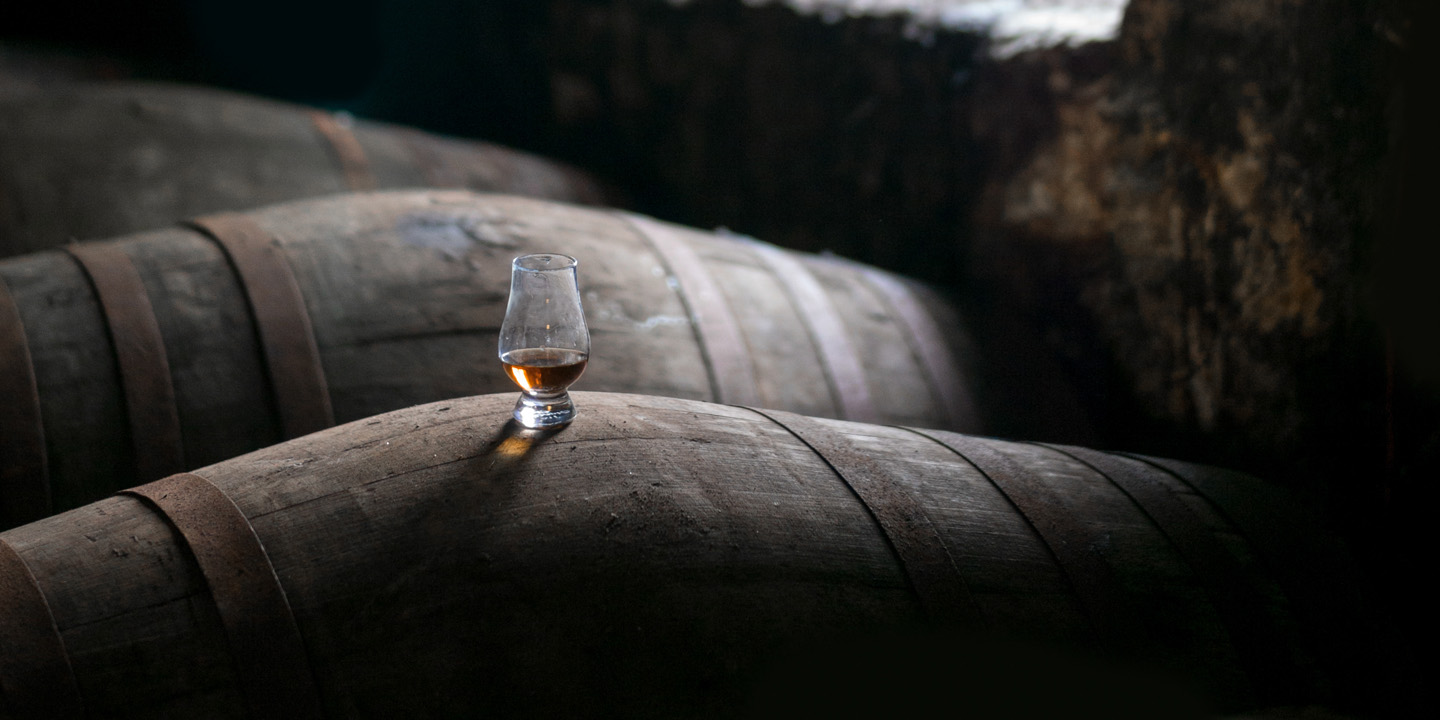Scotch 101 – What is chill filtration?
Learn Whisky
If you’re new to the malty-delights of Scotch or have never taken an interest in the behind-the-scenes whisky-making process, you’d be forgiven for never having heard of chill filtration. But among those in-the-know – the maltheads and whisky connoisseurs around the world – chill filtration is a serious bone of contention.
On one side of the debate, you have the major distilleries. They love chill filtration. It’s important for their brand to produce a consistent product that is also aesthetically pleasing, so they remove the elements of the whisky that produce inconsistency – namely, the esters, proteins and fatty acids that produce the chill haze. (For those not yet in-the-know, chill haze is the hazy colour non-filtered whisky gets when diluted with cold water or served over ice.)
On the other side, you have the whisky buffs. On the whole, whisky buffs hate chill filtration. They believe – as do we here at Whisky Foundation – that the esters, proteins and fatty acids produce extra flavour and texture. The whiskies are (arguably) richer and oilier and have a longer finish, even if it does mean they’re a little hazy when served on ice. (Serving on ice, funnily enough, is another whisky buff bone of contention.)
What is chill haze? And what causes it?
(Brace yourself, here comes a little bit of whisky science.)
The things that make whisky great – the smell, the texture and the taste – all come from compounds within the liquid. The vast majority of these compounds are soluble in the water and ethanol that make up the whisky. However, some of these compounds – the esters, proteins and fatty acids – are only soluble at certain temperatures.
Once the whisky falls below a certain temperature, these compounds clump together to form small particles (known as micelles). These particles scatter the light as it hits the whisky, causing it to appear cloudy. This cloudiness is known as chill haze.
How does chill filtration work?
Unsurprisingly, chill filtration involves chilling the whisky. Single malts are chilled to zero degrees Celsius to make sure that the micelles form. (Blends are chilled to -4 degrees as they contain grain whiskies which have a lower concentration of fatty acids.)
Once chilled, the whisky is pushed through a succession of metallic meshes or paper filters. These meshes and filters collect the clumps of particles and remove them from the final product. (The more times the whisky is filtered, the more of the fatty-acids, esters and proteins are removed and the clearer the whisky becomes.)
Does chill filtration affect the taste of whisky?
Aha – now we’ve reached the bone of contention between the distilleries and the whisky buffs.
Certainly, the distilleries don’t have a concrete answer for this. Glenlivet, for example, say the following about chill filtration:
Human perception of flavour is complicated, so some of us will find whiskies less palatable if they’re hazy. It’s difficult to define what’s a true difference in flavour and what’s just perceived. Over the years, this has been debated constantly.
A clearer liquid can be seen as a sign of quality, but some people feel that by filtering out specific compounds, you’re taking away flavour or changing the mouthfeel. In taste tests, non-chill-filtered whiskies are often judged as “fuller”, “rounder” and “richer” than their chill-filtered counterparts.
If you ask us – that’s a pretty clear admission that chill filtration, for the most part, is done for aesthetic and commercial reasons. And it makes senses commercially: clearer whiskies – to your average whisky drinker – are seen as superior and are therefore likely to sell better.
But hold your horses – that doesn’t prove that chill-filtered whisky is worse than non-chill filtered.
A blind test
In 2014, Horst Lüning conducted a scientific experiment on chill filtration of scotch. His ‘Study on the Chill Filtration of Scotch Single Malt Whiskies: Comparative Assessment of a Blind Tasting’ (which you can read in full, if you’d like) discovered that from a group of experienced single malt whisky drinkers, only 45% could identify chill-filtered whiskies correctly.
That’s less than half of a group of bona-fide whisky experts.
In fact, even non-chill-filtered whisky was only correctly identified by 55% of the participants. (Which, let’s be honest, still isn’t conclusive.)
Overall, only 50% of the whiskies were correctly identified by the focus group. Not only is this pretty solid evidence that it doesn’t make a discernible difference to the taste, but the study also found that, when rated on quality, chill-filtered whiskies scored the same as their non-chill-filtered counterparts.
What does this tell us?
In other words, the taste-testing experts have shown us that chill-filtration doesn’t really have any significant effect on taste. (We know – that’s close to whisky blasphemy.)
Of course, the taste, smell and texture differences of chill-filtered whiskies are very subtle. The evidence even suggests that there is something identifiable – perhaps the oilier texture, longer finish or richer flavour – that makes a non-chill-filtered whisky stand out from its chill-filtered counterparts, even if it’s only by a fraction.
Really, it just boils down to personal taste.
(There’s also an argument for tasting the whisky as intended, rather than filtered for cosmetic reasons. We can get on board with that one too.)
However, there is a whisky that consistently performed better on the blind tests – whisky that is finished in an ex-sherry or wine cask. Of every whisky blind tested, those finished in ex-sherry or wine casks performed the best, regardless of whether they were chill-filtered or not.
What better excuse to treat yourself to a PX-finished whisky?



